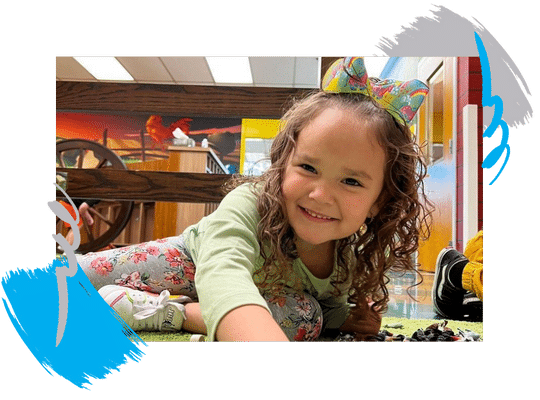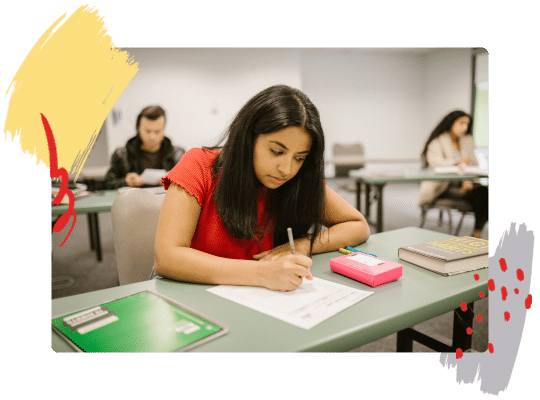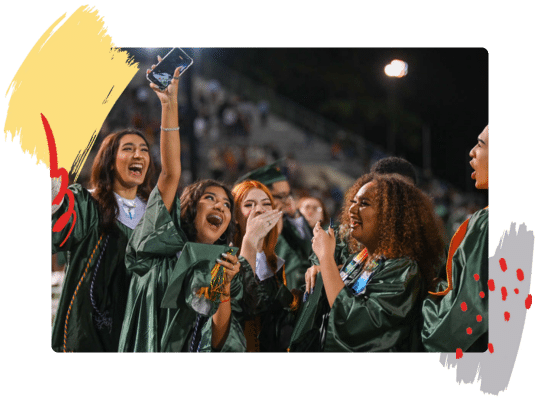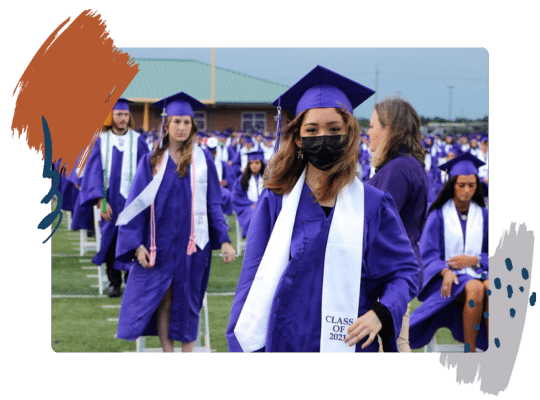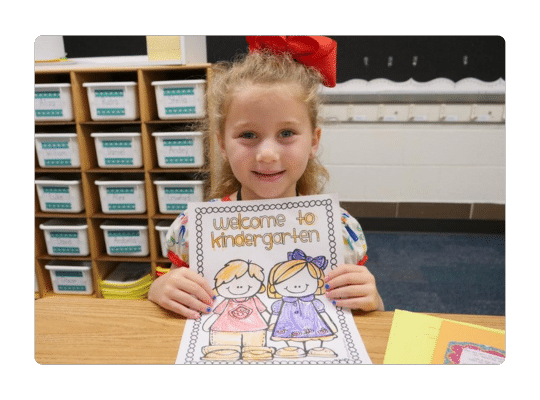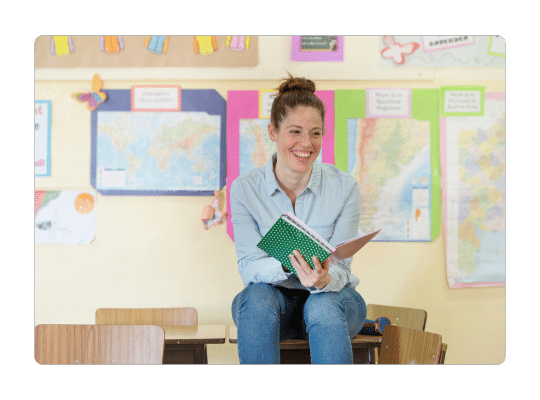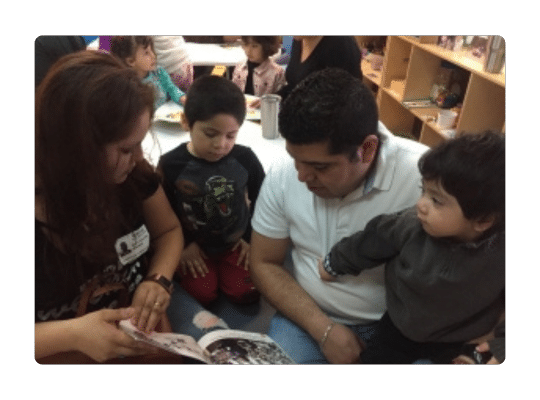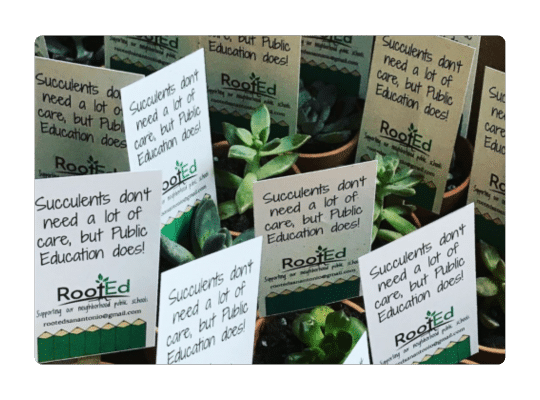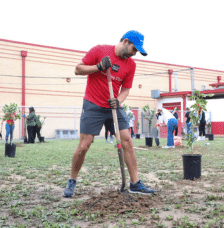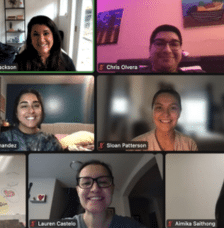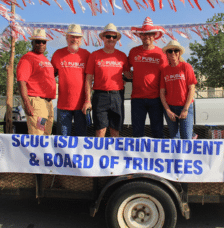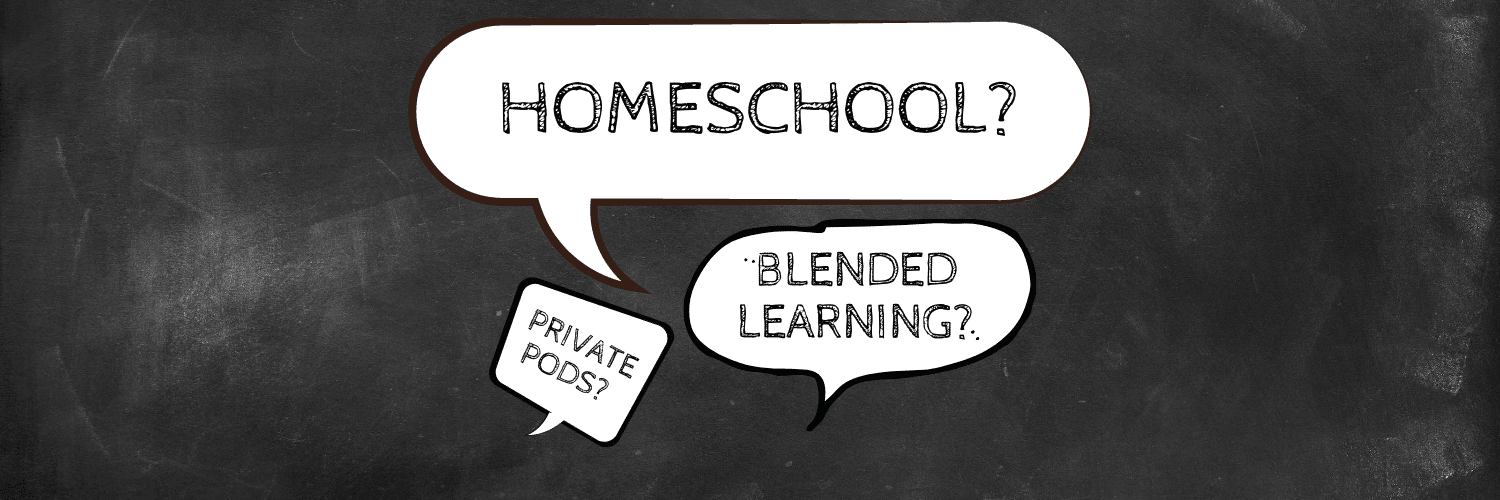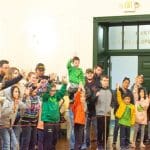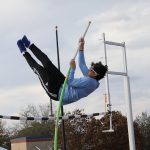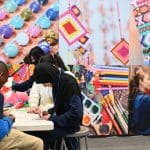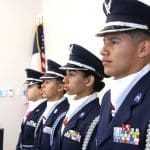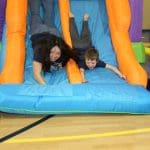WHY WHAT WE ARE DOING IS NOT HOMESCHOOLING,
AND WHAT EXACTLY ARE THESE “PODS”?
-Trina Pruitt, Parent and Go Public Contributor
It seems everyone is discussing and debating our education system and how it will look when schools reopen. Reopening plans change so frequently that public school districts are releasing updated information almost weekly.
There is also a mountain of confusing phrases used these days to refer to educational learning models. The more common terms are “remote learning”, “distance learning”, “at-home learning”, “blended learning”, and “hybrid learning”. Most recently there is a trend in “learning pods”, “micro-pods”, “micro-schools”, and “pandemic pods”. I have seen these terms used almost interchangeably which is sometimes misleading. “Homeschooling” is one term that is frequently misused. I know that for myself and many of my fellow parents, it’s incredibly overwhelming to try to keep up with it all.
So let’s break down each of these terms:
Blended Learning = In-Person + Technology
Blended learning is a method of educating where students are on campus 100 percent of the time. It’s what we have been doing, or rather what we were doing, in normal times. Blended learning is partially in-person teaching, like in a traditional classroom, where a teacher gives lessons along with hands-on activities and assignments.
The other part of blended learning incorporates technology into teaching to enhance and support the traditional classroom setting. Blended learning uses laptops, tablets, and Smartboards in classrooms. These devices allow students to access tools and experiences like interactive educational games, virtual field trips, and podcasts. They allow for meetings with students in classrooms across the globe and the convenience of sharing online calendars and assignments.
Remote Learning and Distance Learning = Online
Remote learning and distance learning is exactly what it sounds like – it is completely online learning. This is what we did in the spring when all schools were physically closed. Teachers, parents, and students learned to use technology like never before. Most of us learned a ton about online learning, and we used online tools to assess students’ progress. We learned to use video conferencing so that our children could continue to connect with their teachers and engage with their classmates.
Also Known As…
Remote learning is essentially the same as distance learning, at-home learning, online learning, or virtual learning. Districts use different terminology for the same basic education model provided online and completed at the students’ homes.
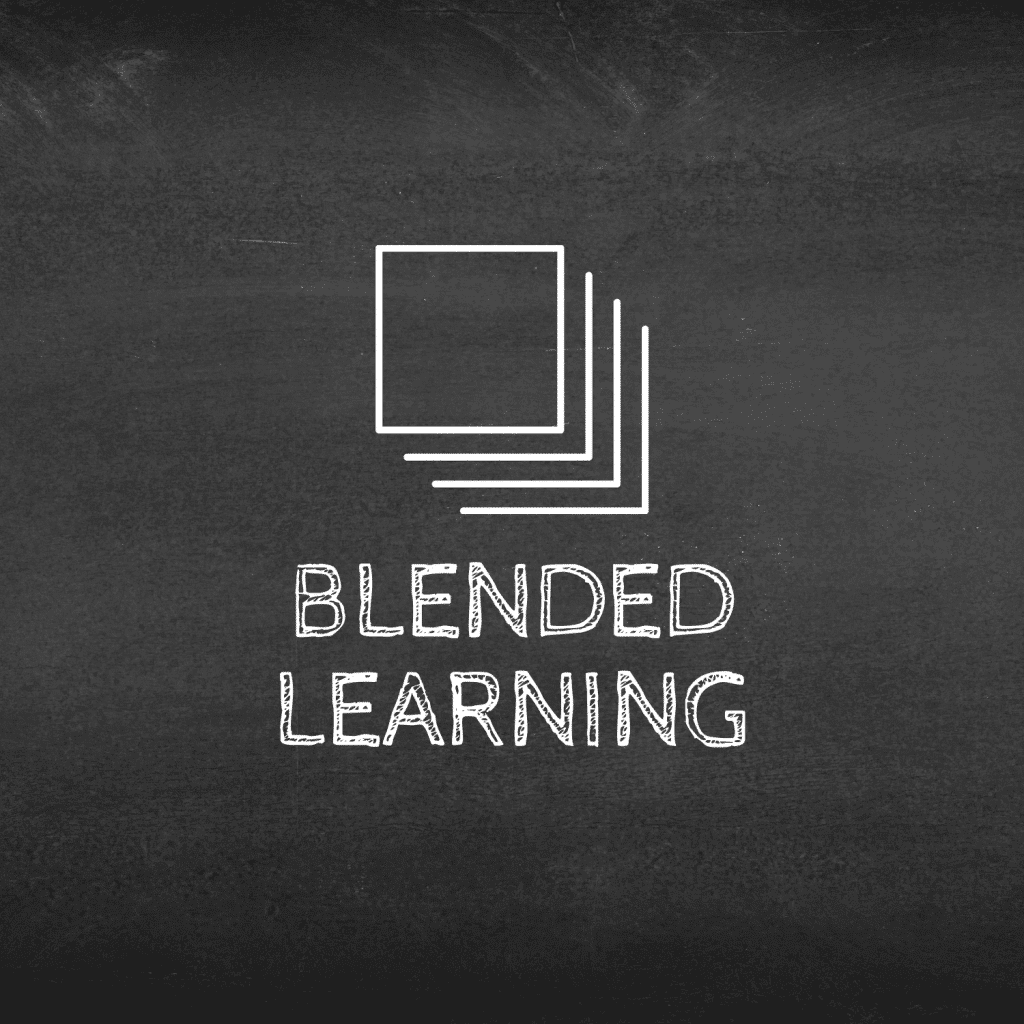
Hybrid Learning Models?
Some public schools have proposed a hybrid learning model, a combination of on-campus and distance learning. This method might allow students to alternate in-person attendance to certain days of the week, for example, on an A/B schedule. Some parents prefer this model because they value the face-to-face lessons their children can benefit from in a traditional classroom setting.
Read more on TEA reopening models here.
School Year 2020-2021
As of now, students and parents will most likely be able to access distance learning at the start of the school year. Teachers are responsible for creating and posting lesson plans and relevant educational activities online for their students. Then the students would then be responsible for completing their assigned work at home.
The teachers, students, and parents have had the experience from the spring, plus time to adjust and prepare in the summer. Many more educators are now familiar with the available remote learning tools. School districts’ plans are currently in process as information from the TEA, Governor Greg Abbott, and the CDC is available.
WHAT EXACTLY IS HOMESCHOOLING?
Kevin Welner, director of the National Education Policy Center, explains that what we all did with distance learning wasn’t homeschooling but an “emergency response that involved trying the school in the home.” He continues, “Home-schooling is very different. It is very demanding and requires a lot of hard work, preparation and time.”
Contrary to what many people believe, and the overuse of the term, we were NOT homeschooling. Yes, the definition of homeschooling, or home school, is the education of children at home conducted by a parent, tutor, or online teacher (Dictionary.com). However, we reserve the term for those families who homeschool according to the state requirements of educating children at home.
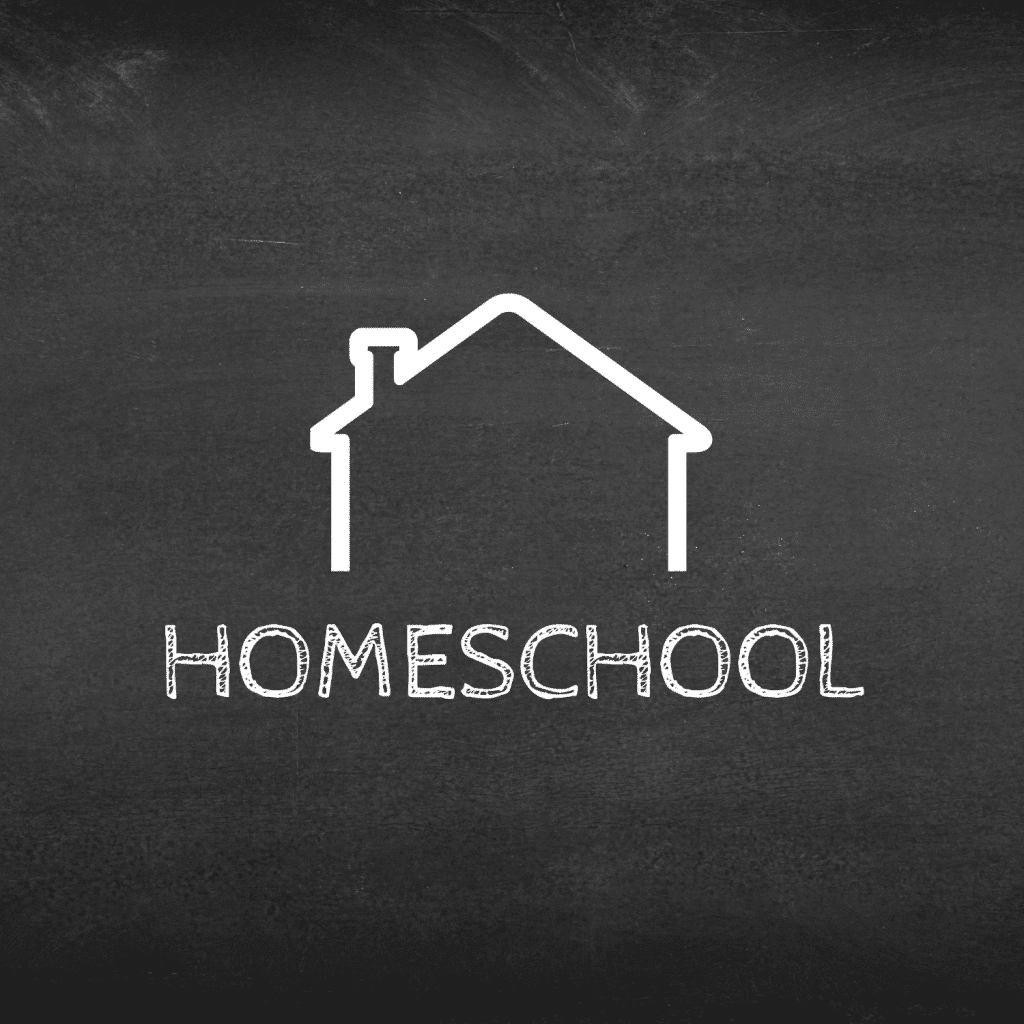
Homeschooling State Requirements
Families that homeschool are responsible for researching and planning lessons, obtaining necessary supplies, and navigating their child through education without the support or advantages that public school districts provide (#publicschoolsprovide).
Homeschooled students can’t be enrolled in a public school simultaneously, so they do not have access to many public school services and opportunities.
Homeschooling might require parents to purchase programs and curriculum and source extracurricular opportunities. Programs exist online for homeschool families to purchase, like Time4Learning, offering resources organized by course and grade levels. As far as extracurricular activities go, homeschooled children in Texas are not eligible to participate in University Interscholastic League (UIL) activities and competitions. Homeschooled students are responsible for finding and organizing their own extracurricular endeavors.
The legal homeschooling in Texas requirements are:
- The instruction must be legitimate.
- The curriculum must be in visual form using books, workbooks, videos, etc.
- The curriculum must include the core subjects of reading, spelling, grammar, math, and civics.
Texas also offers a form of public school at home called the Texas Virtual School Network. VSN students are legally classified as public school students because public schools run the VSN program. The students may take VSN classes from home, but this program should not be confused with actual “homeschooling” learning models.
Check the Texas Homeschool Coalition for more information on homeschooling in Texas.
The Immersion of Private Learning Pods
Perhaps the newest and most controversial movement in learning is the private learning pod, sometimes referred to as micro-pods, micro-schools, or pandemic pods. These pods are organized independently by families, and they consist of small groups of anywhere from four to ten same-age students. The parents either hire a teacher to tutor their children or parents take turns teaching the children themselves.
These pods can consist of parents or educators and students using public school-provided distance learning curricula, or they can be a group of homeschool students, parents, and teachers. Pod meetings can be held in various locations, which gives students opportunities to engage with other kids and take breaks from learning solely on screens. Pods also give parents time to take breaks or allow some uninterrupted time to work from home.
However, the downside of learning pods is the implications they could have on our school systems and educational inequality. Some experts are concerned that private pods will only benefit economically advantaged students and increase inequality in public education. If families withdraw from public schools to opt for homeschool pods, our public schools lose funding. If teachers are pulled from public schools to work privately for learning pod groups, the students left in public schools could lose talented educators. Some educators are concerned that special needs students may lack the necessary support in the small, private pods. Those students could fall far behind others in their age group. (Forbes.com)
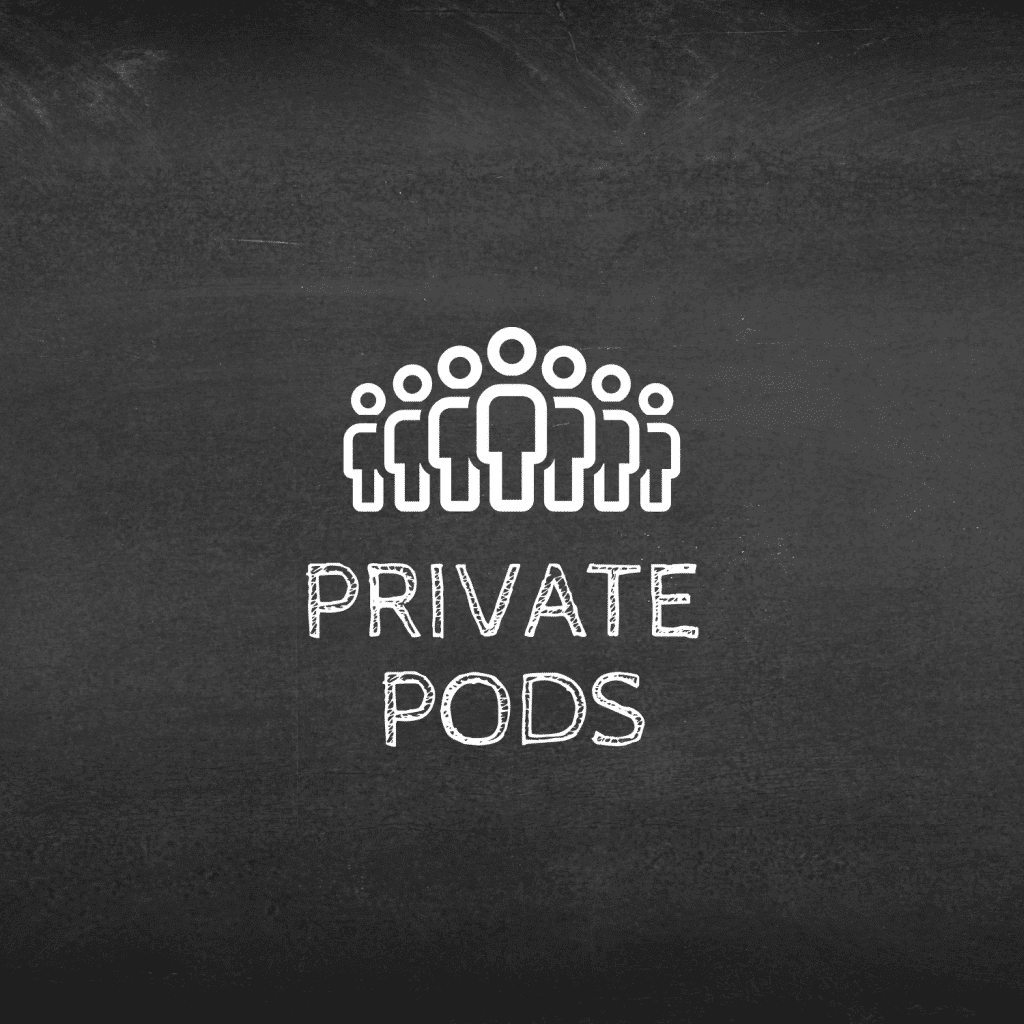
Grateful for Our Resilient and Innovative Public Schools
Now that we are all more versed in the plethora of learning terms regarding pandemic education, we are all completely comfortable and confident in the decisions we will make for our children this fall. Of course not.
But having this bit of information is a start. And yes, there are still insecurities and questions. I personally will be sticking with remote learning until I feel more self-assured in the safety of my family. It is a decision that is different for each family and each circumstance.
There is no doubt that I will also continue to support my amazingly resilient public schools that ensure my kids are learning. We can’t wait for my kids to get back into school, in actual classrooms, and around actual live people. I am so grateful that our public schools have stood up for us and our children by acknowledging the importance of safety and health. They have pushed for later re-opening dates, set up unprecedented remote learning programs, offered us the choice to continue online learning or return to in-person learning.
#PublicSchoolsProvide stable routines, independence, and socialization, as well as an unmatched array of electives, extracurriculars, clubs, and activities. These opportunities are not as available to students through online learning or homeschool, and we are looking forward to getting back into our classrooms as soon as we can safely do so!


